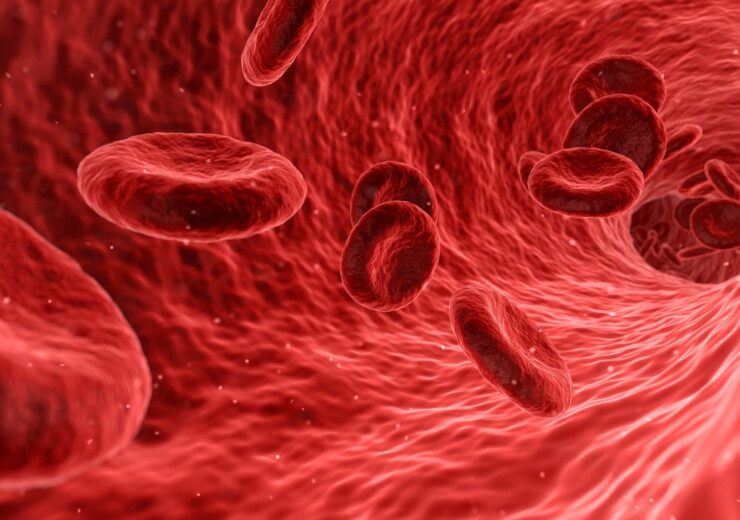Solus Gold Embolization Device can be used to stop or slow down blood flow in the peripheral vasculature

The device will offer "one-and-done" solution for peripheral vascular occlusion. (Credit: qimono from Pixabay)
Artio Medical, a developer of products for the peripheral vascular, neurovascular, and cardiology markets, has received approval from the US Food and Drug Administration (FDA) for its Solus Gold Embolization Device.
The approval will enable the company to commercially launch the next-generation product for peripheral vascular occlusion in the US later this year.
According to the firm, the device can be used to stop or slow down blood flow in the peripheral vasculature. The delivery system balances flexibility and pushability, allowing doctors to negotiate the convoluted vasculature.
Artio Medical neurovascular and peripheral vascular interventions vice president Dr Blaise Baxter said: “Current occlusion devices can be difficult to position in challenging anatomy, often require multiple implants, and usually take time to completely occlude the target vessel.
“This can be a problem when physicians need to control or prevent bleeding and reduce the risk of further complications.
“The Solus Gold device aims to overcome these limitations with a single implant designed for precision placement and immediate occlusion, even in high-flow vessels and short landing zones.”
The non-porous, balloon-like gold implant provides 360° vessel apposition for immediate and complete occlusion, resisting migration and recanalisation after a controlled expansion and simple mechanical detachment, offering physicians a single shot solution for peripheral vascular occlusion.
Artio Medical president and CEO F Nicholas Franano said: “When I first learned to embolize vessels using small metal coils more than 20 years ago, I thought surely someone will come up with a better device for doing that.
“As we prepare for the market release of the Solus Gold device later this year, I am excited to have the opportunity to provide physicians and patients with an improved peripheral vascular embolization experience.”
